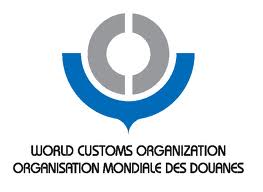WCO Framework of Standards to Secure and Facilitate Trade (SAFE)
Author/Source: World Customs Organisation (WCO)
Year of adopting /publication: The SAFE Framework was adopted in June 2005.
Link to the document on the internet: The text of the 2011 version of the SAFE framework and the SAFE package can be found on the WCO website.
Purpose: to enhance security and facilitation in global trade.
Summary:The SAFE Framework rests on two pillars; Customs-Customs network and Customs to business partnerships. It is furthermore complemented by a capacity buildings programme, the so-called Columbus Programme. Core elements of the SAFE Framework are
- harmonizing advance cargo information
- introducing risk management approach
- sending country’s customs inspection of high-risk containers by customs authorities
- benefits program for compliant traders
The SAFE Framework of Standards is a set of recommendations to the customs organisations, which include issues as:
- integrated Customs control procedures for Integrated Supply Chain Management
- authority to inspect cargo, and use modern technology in doing so
- risk-management system to identify potentially high-risk shipments
- identification of high-risk cargo and container shipments
- advance electronic information on cargo and container shipments
- joint targeting and screening
Many countries have introduced national measures based on the SAFE Framework, and work together through mutual recognition of each other’s programmes.
Pages that cite the SAFE Framework:
Authorized Economic Operator (AEO)
Authorized Traders
Border Agency Cooperation
Coordinated Intervention
Dangerous Goods
NII Technology
Security Measures
Security Tools
Supply Chain Security
Usage Scenario for BPA
WCO Authorized Economic Operator (AEO) Guidelines
WCO NII Guidelines

